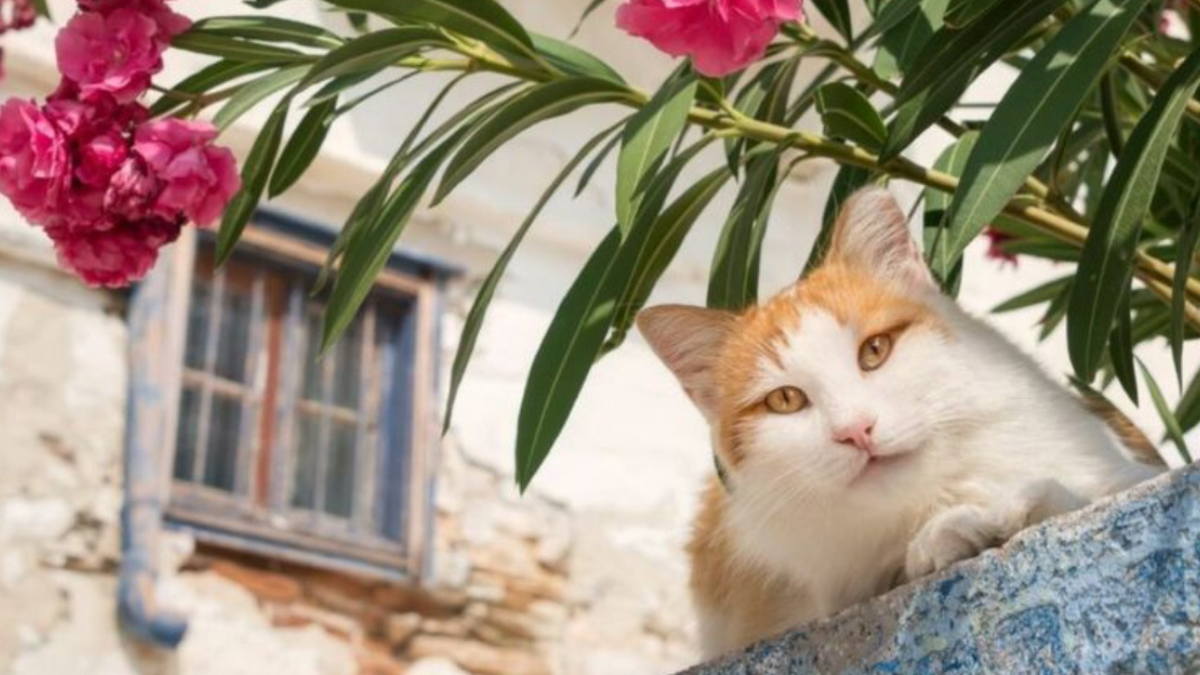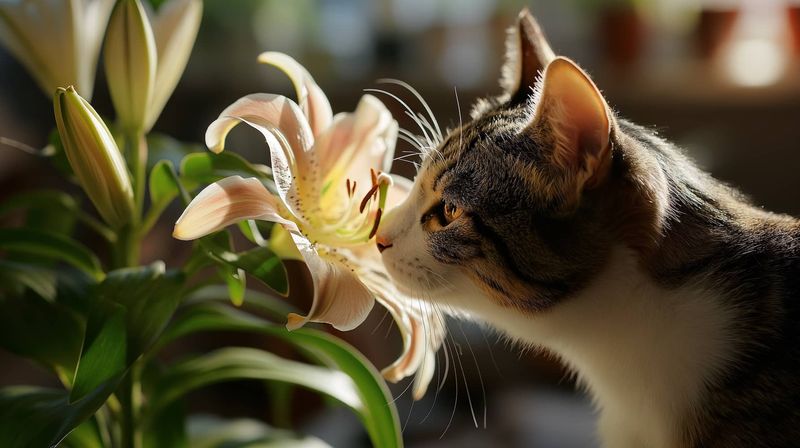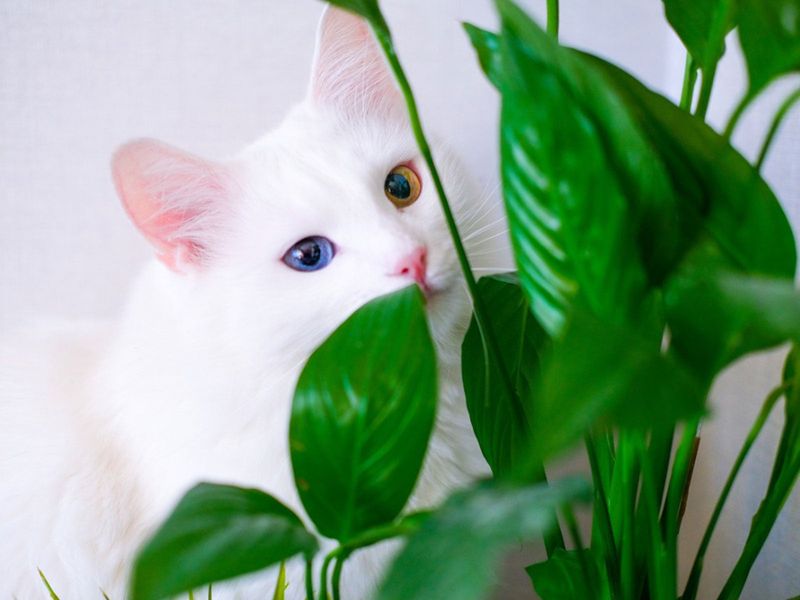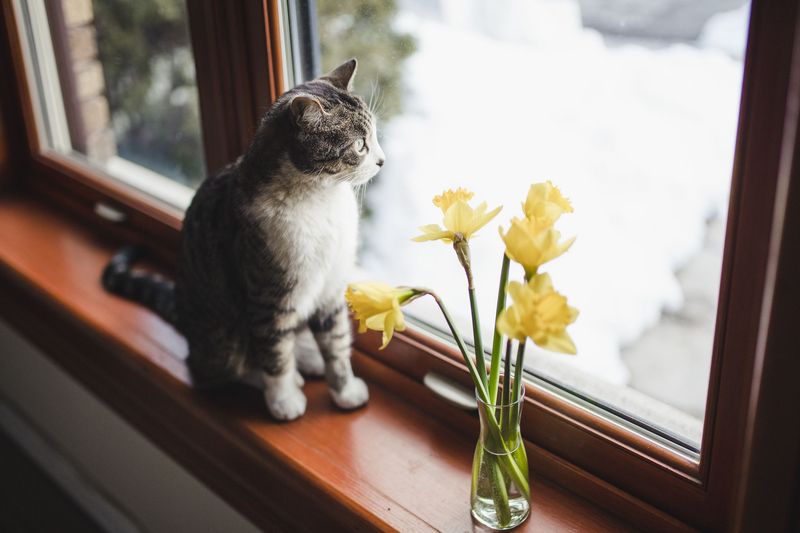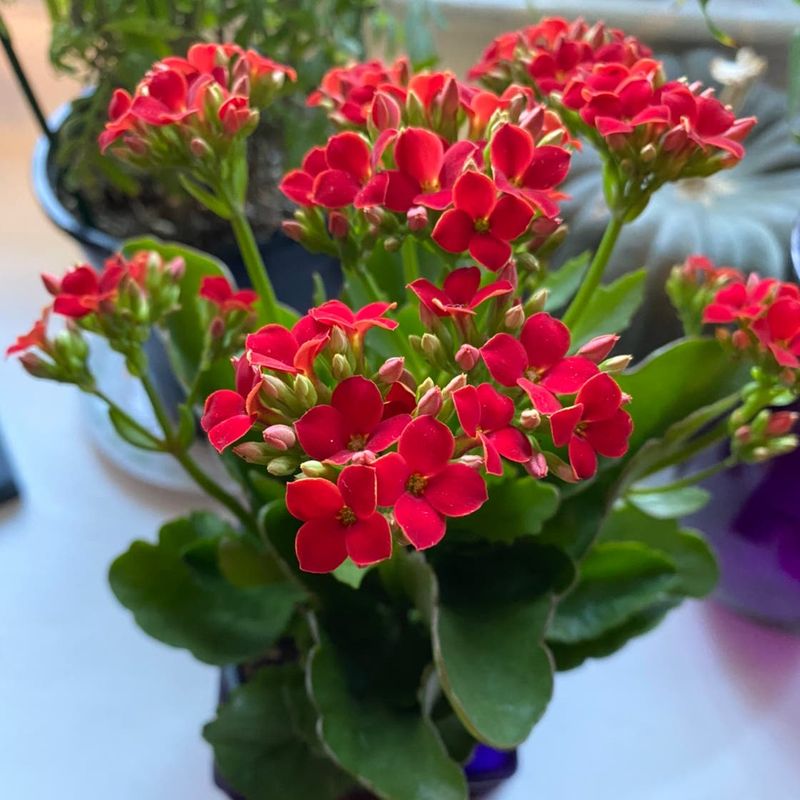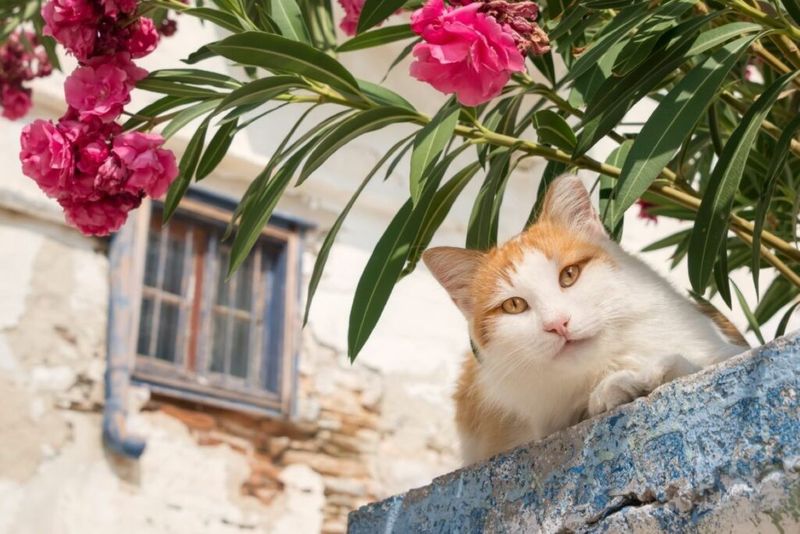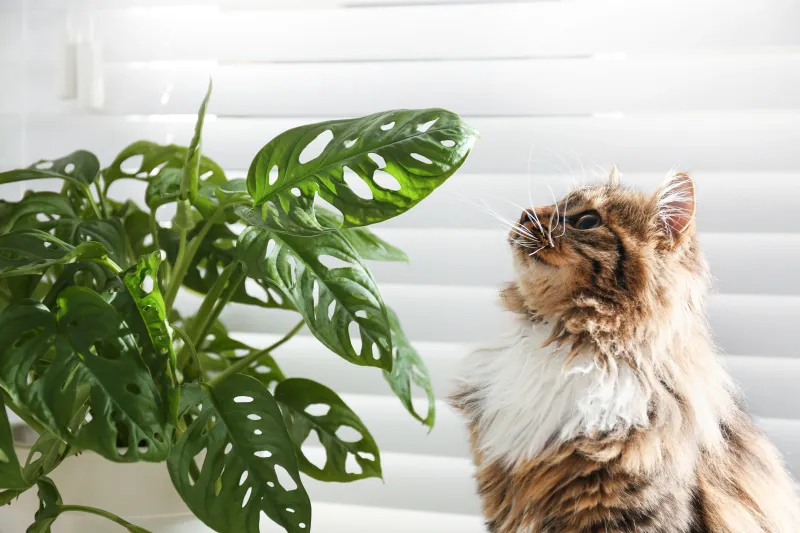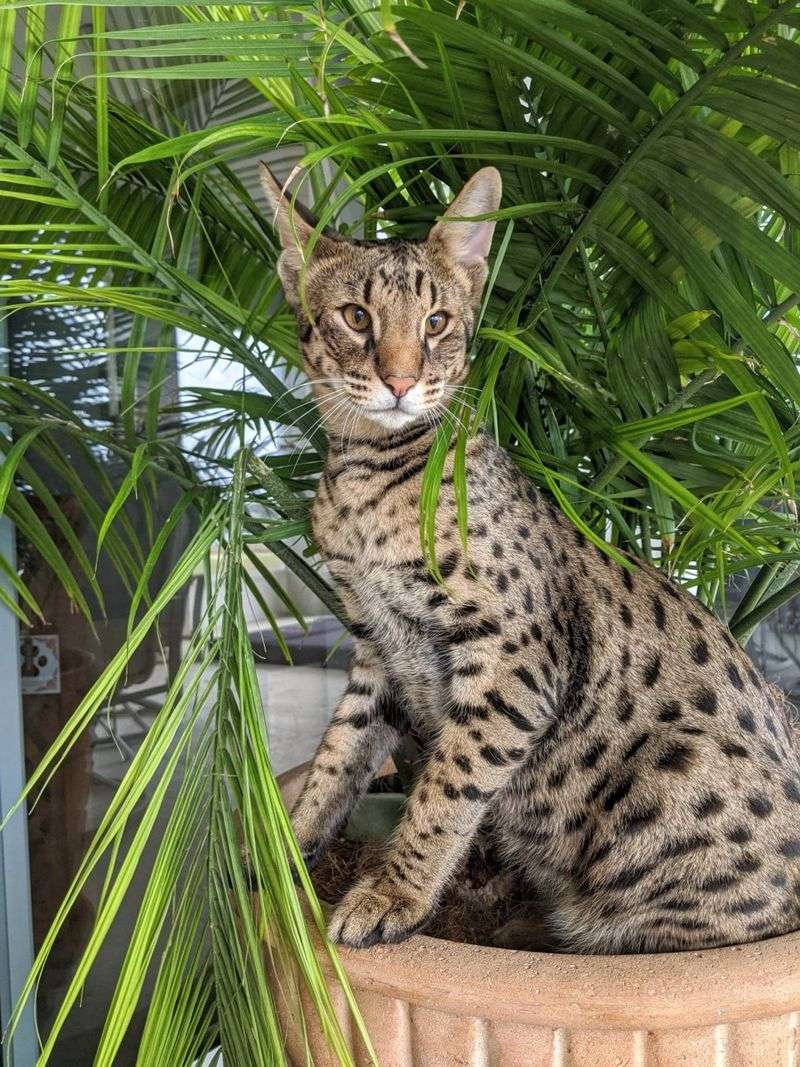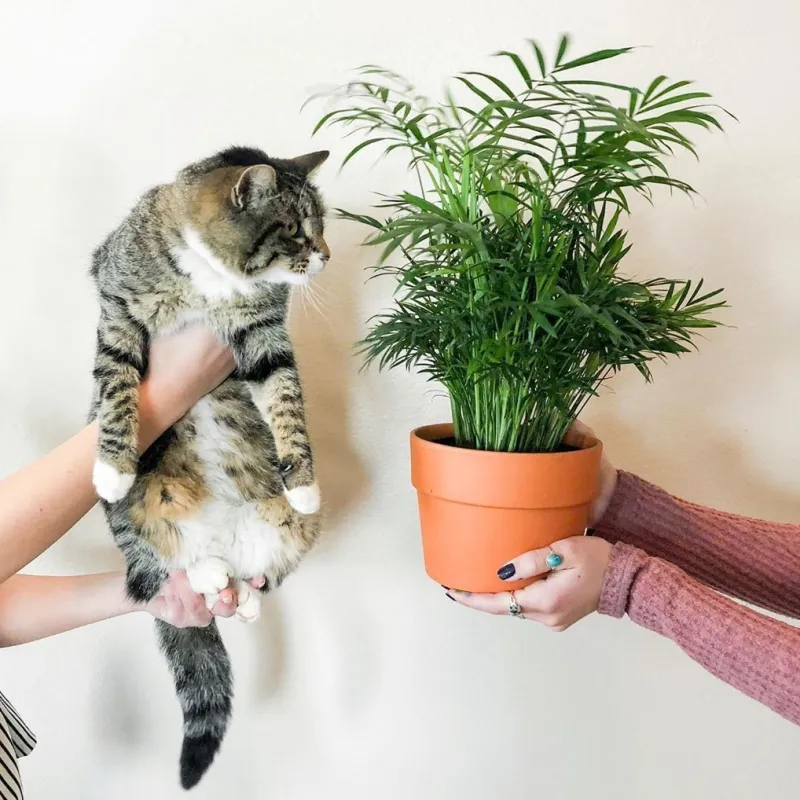📖 Table of Content:
Many houseplants add beauty and freshness to a home, but some can pose serious risks to our feline companions. Cats are naturally curious creatures, often drawn to nibbling on leaves or flowers, which can lead to unexpected health issues if the plants are toxic. For cat owners, choosing the right plants is essential to ensure a safe and harmonious environment.
While some plants can cause mild discomfort, others may result in severe reactions, requiring immediate veterinary attention. The challenge lies in identifying which plants are hazardous and finding suitable replacements that are both safe and visually appealing. Creating a balance between greenery and pet safety is achievable with a little knowledge and care.
Let’s explore how to protect your cat from harmful plants while still enjoying a lush, vibrant home. By understanding the risks and seeking safe alternatives, you can create a space that’s beautiful, inviting, and secure for your furry friend.
1. Lily
Lilies are beautiful but dangerous for cats. Even a small nibble can lead to severe kidney problems, or even death. If you have lilies in your home, it’s crucial to keep them out of reach of your feline friends.
The entire plant, including the petals, leaves, and pollen, is toxic. Cats are attracted to their sweet fragrance and bright colors, making them even more tempting. Consider removing lilies entirely if you have cats, as even a small exposure can be harmful. Instead, opt for safer plant varieties that won’t pose a threat to your pet’s health.
2. Aloe Vera
Renowned for its healing properties, aloe vera can pose serious risks to cats. If ingested, the gel may cause symptoms like vomiting, diarrhea, and lethargy. To keep your feline friends safe, it’s wise to place aloe vera plants out of reach or opt for pet-safe alternatives.
Though beneficial to humans, the effects on cats can be quite the opposite. Their curious nature might lead them to chew on the leaves, risking their health. To keep your pets safe, understanding the risks and removing such plants is essential. Ensure your home is a safe environment by opting for non-toxic houseplants instead.
3. Sago Palm
While sago palms are a stylish choice for home decor, they are extremely dangerous for cats. Even a small amount ingested can cause severe health problems, such as liver failure. For cat owners, it’s best to avoid these plants altogether to ensure your pet’s safety. The seeds and nuts are particularly dangerous, posing a significant risk if chewed or swallowed.
For a cat-friendly home, consider replacing sago palms with non-toxic plants. Your pet’s health is too valuable to risk, so understanding the dangers these plants pose is crucial for responsible pet ownership.
4. Peace Lily
Admired for their beauty and air-purifying properties, peace lilies can pose a danger to cats. Ingestion often results in irritation, drooling, and nausea. Pet owners should exercise caution and consider keeping these plants out of reach or choosing safer alternatives.
The plant’s insoluble calcium oxalates are the culprits, causing discomfort and distress to curious cats. If you’re seeking a safe environment for your pet, consider swapping peace lilies for non-toxic alternatives. Protecting your cat from potential harm is as simple as choosing the right plants for your living space.
5. Daffodil
Cheerful and vibrant, daffodils bring a touch of sunshine to any space, but they pose a significant risk to cats. The bulbs, in particular, are highly toxic and can cause vomiting, diarrhea, and even heart issues if ingested. Pet owners should take care to plant these flowers in areas inaccessible to curious felines.
While they brighten up gardens, they can be a hidden danger to pets. Consider removing daffodils from areas accessible to your cat. Opt for safer plants that offer beauty without the risk. Ensuring your garden or home is free from toxic plants can prevent unnecessary health scares for your furry friends.
6. Kalanchoe
Kalanchoe may look friendly with its vibrant blooms, but this plant hides a dangerous secret. Known for its striking pink and red flowers, it often decorates household spaces. However, for cats, nibbling on its leaves or flowers can lead to serious health issues. Symptoms of ingestion include vomiting, diarrhea, and in severe cases, heart arrhythmias.
Imagine your playful cat taking a curious bite, not knowing the risk that follows. It’s crucial to keep this plant out of reach or opt for pet-safe alternatives. Keeping an eye on your pet’s interaction with household plants can prevent unforeseen vet visits.
7. Oleander
The vibrant clusters of pink, white, or red flowers on the oleander plant make it a popular choice for gardens and patios. Unfortunately, its beauty is deceiving, as the entire plant is toxic to cats. Consuming it can lead to symptoms like drooling, tremors, and severe heart complications that may prove fatal.
Picture a sunny garden where your cat roams, unaware of the oleander’s hidden dangers. Keeping cats away from this plant is essential for their well-being. Opt for safer plants or keep oleanders in restricted areas to ensure your cat stays healthy.
1. Spider Plant
Ideal for cat owners, spider plants are low-maintenance, pet-safe additions to any home. Thriving in indirect sunlight, their elegant, arching leaves add greenery to a room while offering curious cats a safe and playful distraction.
Keep the soil moist and watch them grow! If you’re new to indoor gardening, spider plants are forgiving and adapt well to different conditions. A bonus? They also purify the air, making your home healthier for both you and your feline friend.
2. Boston Fern
Boston ferns are not only safe for cats but also bring a lush, tropical feel to your home. Their feathery fronds make them a beautiful addition. These ferns prefer a humid environment, so mist them regularly to keep them happy. Cats tend to leave them be, making them a stress-free choice.
Place your fern in a shaded spot, away from direct sunlight. With proper care, Boston ferns can thrive and add a splash of nature indoors. Enjoy the tranquility they bring while knowing your cat can explore freely.
3. Areca Palm
A great choice for cat owners seeking tropical vibes, the areca palm is both safe and stylish. Its lush, feathery leaves bring a serene touch to any space. Thriving in bright, indirect light with a bit of humidity, these palms only need regular watering to stay vibrant, making them a delightful addition to pet-friendly homes.
Your cat may enjoy hiding under the leaves, but rest assured, there’s no harm done. The areca palm is both pet-friendly and aesthetically pleasing, making it a perfect choice for any cat-loving household.
4. Bamboo Palm
Beautiful and feline-friendly, bamboo palms are a graceful addition to any home with their tall, slender stems. Thriving in indirect sunlight, they require regular watering to maintain their lush appearance. These plants also enjoy humid environments, so occasional misting can help keep them vibrant and healthy.
Bamboo palms are resilient, making them ideal for busy pet owners. Their air-purifying qualities are a bonus, ensuring your home is fresh. Embrace the elegance of bamboo palms without worrying about your cat’s safety.
5. Calathea
With their stunningly patterned leaves, calatheas add a vibrant touch to any home and are completely safe for cats. These non-toxic plants thrive in indirect light and high humidity, making them a perfect choice for creating a lush, pet-friendly environment.
Regular watering keeps them thriving, and their striking appearance is sure to catch the eye of both humans and animals alike. With a calathea, you can enjoy a vibrant indoor garden, knowing your curious kitty is safe to explore.
6. Prayer Plant
With its stunning, patterned foliage, the prayer plant is not just a visual delight but also a safe choice for your feline companion. Its leaves, which fold like hands in prayer at night, create a fascinating spectacle.
This plant thrives in well-drained soil and appreciates a humid environment, making it perfect for indoor spaces. Just like a cozy cuddle with your cat, the prayer plant prefers indirect light, avoiding direct sun, which can scorch its vibrant leaves. Regular misting keeps it happy and healthy, while its non-toxic nature ensures peace of mind for cat owners.
7. African Violet
African violets are beloved for their charming clusters of purple blossoms that add a splash of color to any room. These beauties are surprisingly low-maintenance, flourishing in moderate light and preferring their soil to remain slightly moist.
Their fuzzy leaves are soft to the touch, like a cat’s gentle purr, and they are entirely safe for curious paws. While they enjoy the company of humans and cats alike, avoid getting water on their leaves during watering. With a little care, African violets can bloom all year round, offering joy without risk.
